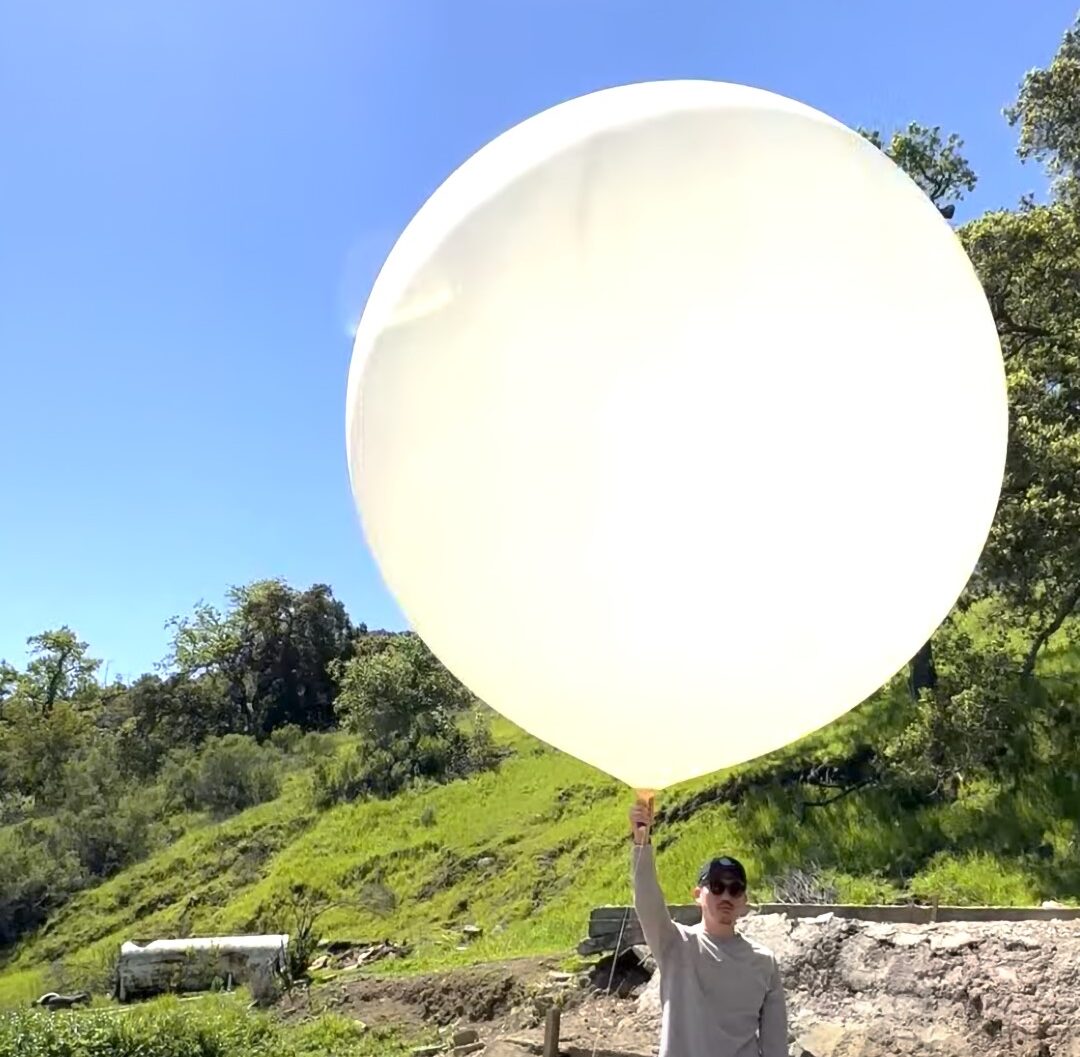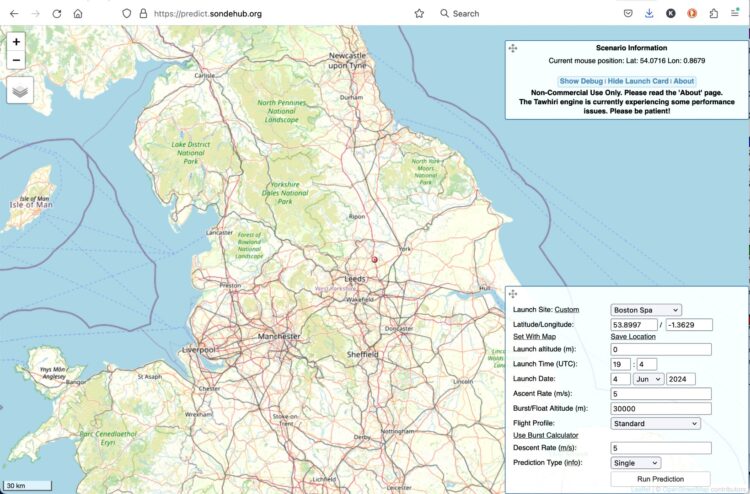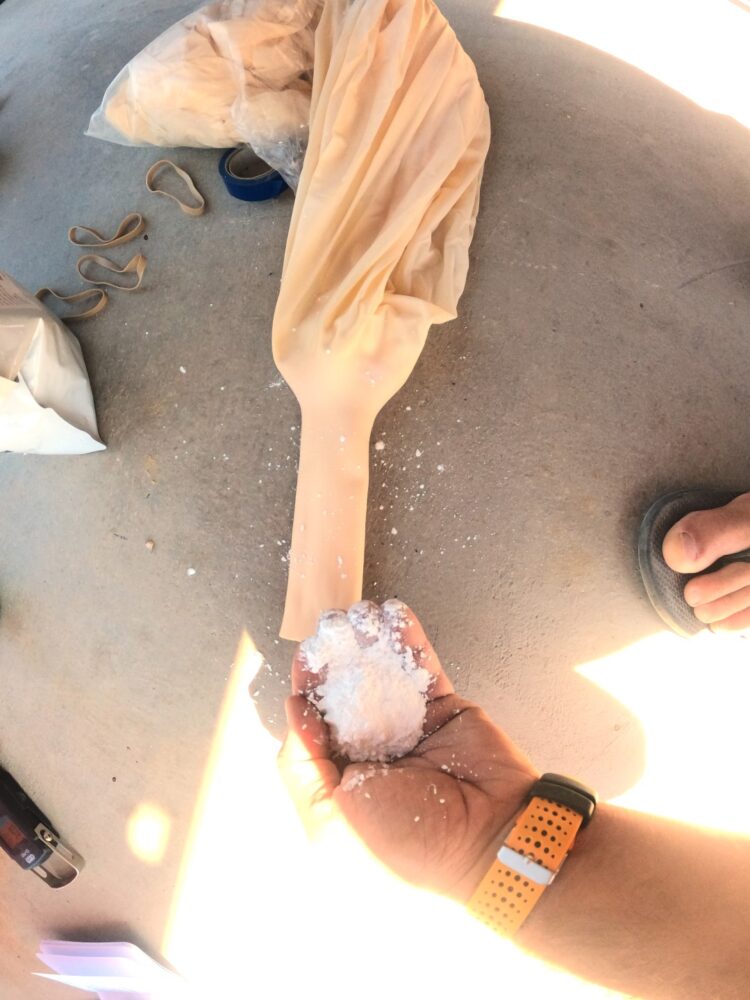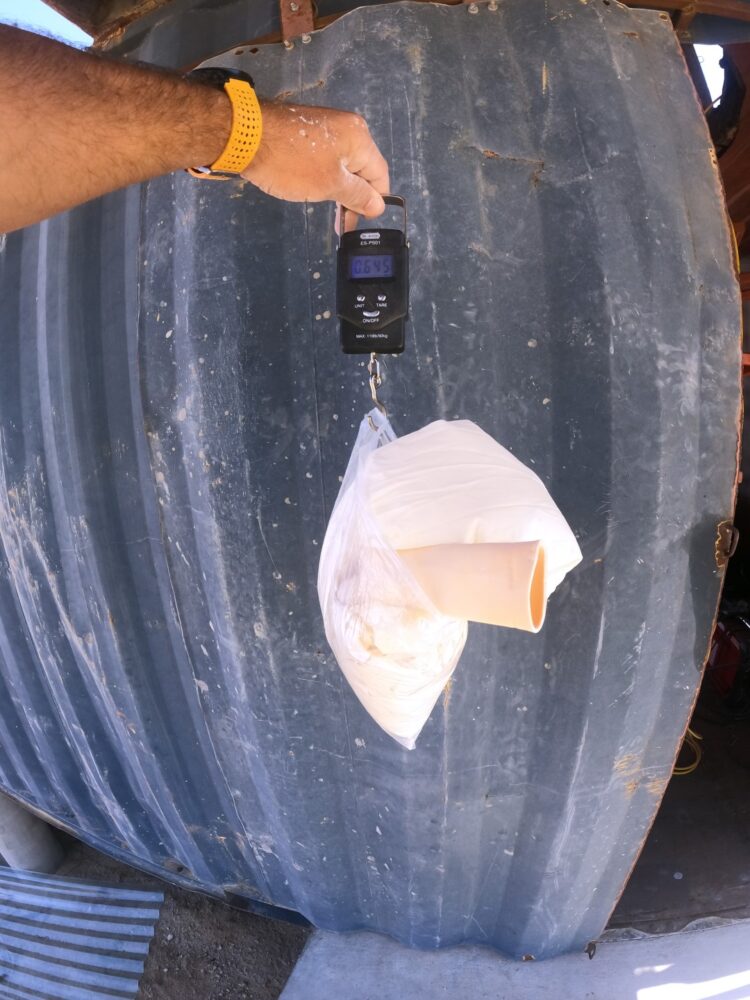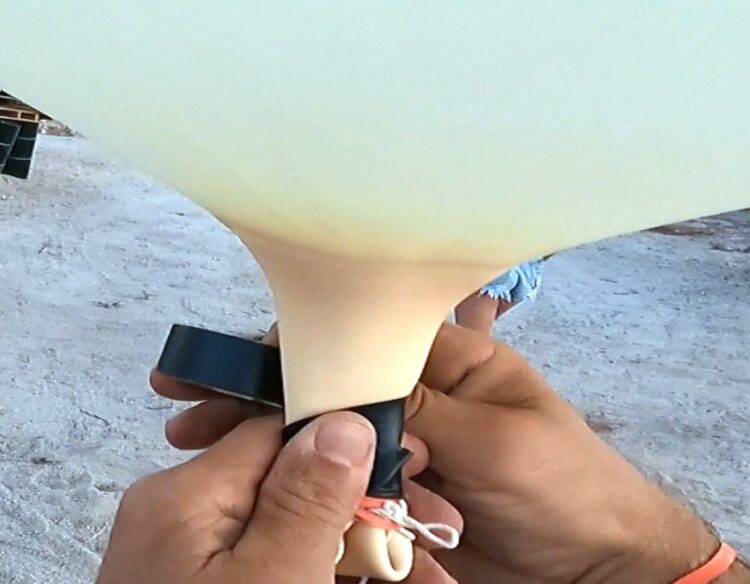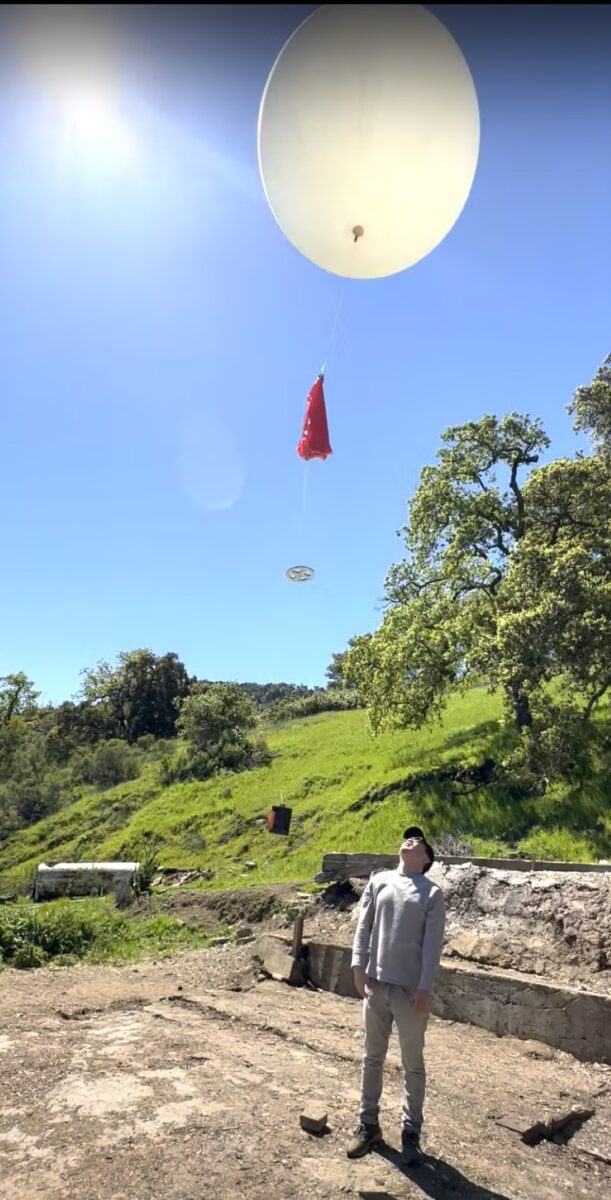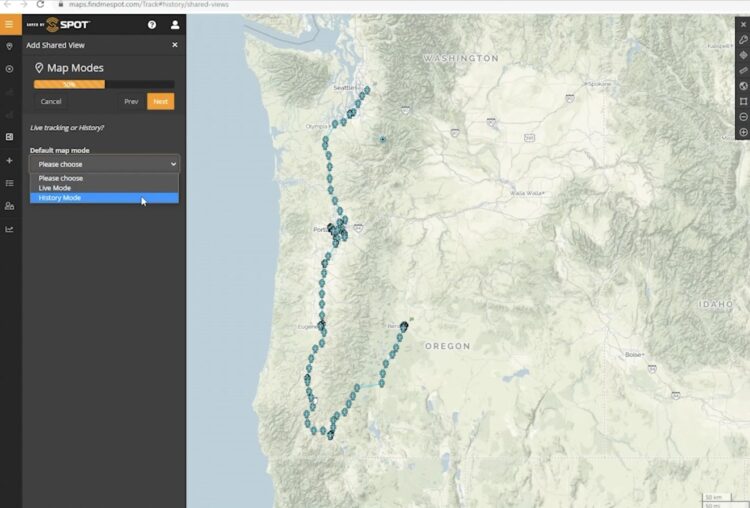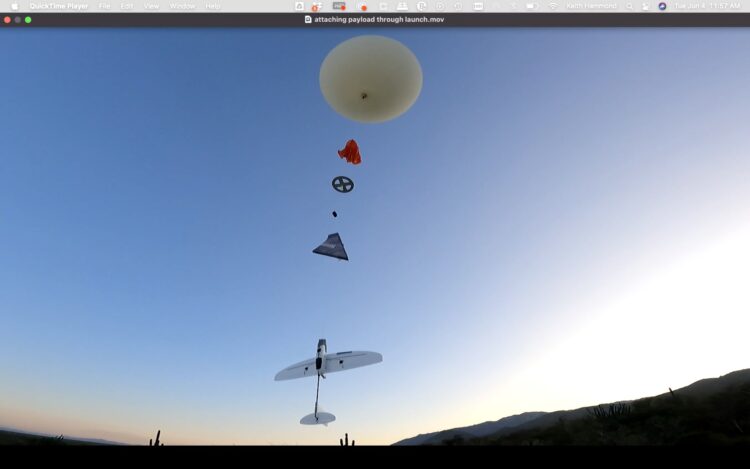
It’s easy to feel like climate change is too big of a problem for makers to tackle; I certainly felt this way. Yeah, adding solar panels to my RV felt good and helps a bit, but I’m still towing it behind my gas-guzzling F-450. Modern life emits a lot of carbon, and it’s not stopping any time soon. Nor is warming: we’ve only experienced half of the heat we’ve already baked in with our past emissions. The more I learned, the greater my suspicion that global warming is too great a challenge for makers like me!
I turned to the wrong fiction for a distraction. In Neal Stephenson’s Termination Shock, a Texan billionaire builds the biggest gun in the world to shoot sulfur dioxide into the stratosphere (20km up). He names it Pina2bo, after Mount Pinatubo. This one volcano released enough sulfur dioxide to drop the world’s temperature by 0.5°C for 2 years. I cranked through the book and dove into the science.
The more I researched, the more empowered I felt. Sulfur is cheap and effective: $200 buys you a ton, and if you can get it to the stratosphere it will cool Earth for a year as much as 2 million tons of carbon heats it. Chalk dust works too; many other benign chemicals might also be used. But could I come up with a way to get these reflective clouds 20km up to do their job?
Giving it a shot
In April 2022, I decided to find out. I ordered a $200 weather balloon and $10 of gardening sulfur from the internet. I lit a pile of sulfur on fire and immediately regretted it: sulfur burns to make sulfur dioxide (just like in volcanoes), and this reacts with water vapor to produce sulfuric acid. I was breathing small amounts of the liquid in car batteries!
Adding an acid vapor gas mask — and a lid to my burn pot — things got a lot less caustic. I used my trusty 5-gallon bucket vacuum to pump some of the smoke into my weather balloon, and my clouds were ready to deploy. A tank of helium and a few zip ties later, I was ready to launch. With a couple hundred dollars of supplies, I became the first person to intentionally cool earth from the stratosphere!
I decided to give myself until the end of 2022 and $50,000 to convince others to work on this with me. If I couldn’t, I’d stop before running out of money or becoming completely obsessed, document my results, and move on with life. I proceeded to talk to many of the makers and founders I’ve met over the years, trying to get them to talk me out of this. Instead, the opposite happened.
Three key things I learned:
- Nobody had a good reason why this shouldn’t or couldn’t be done. Speaking with academics who had researched this for years, the only excuse they had for not having already done this was “politics.” And the potential consequences? They pale in comparison to global warming: maybe a bit of ozone degradation, but in exchange the ability to drop temperatures by at least 0.5°C (and likely more). As a maker fond of breaking rules, with some room on my credit card and strong opinions on morality, this felt like a perfect project for me.
- Carbon credits are a big joke. You know those “Click here to plant a tree and offset your flight” banners you see? Most of them result in 0 trees being planted, and yet this is a multibillion-dollar market. People are buying pretend action; this was a low bar against which to compete.
- Friend of friends help. I’m not exactly what you would call outgoing, so I didn’t love talking about my project to random people. But chatting with friends feels great. Fortunately, friends introduced me to their friends. Several awkward calls later, and eventually some of these became investors. I (and many of you!) should be more willing to ask for help and introductions; your friends might know the perfect supporters for your project. Mine certainly did!

It’s been an exciting 2 years of geoengineering. I knew someone who enjoys selling as much as I like making; it took some convincing, but I got Andrew Song to join as my cofounder. We invented Cooling Credits: 1 Cooling Credit = 1 gram sulfur dioxide delivered to the stratosphere, which roughly offsets the warming from 1 ton of CO2 for 1 year.
Andrew has sold these to 525 true believers, and we’ve launched 68 balloons to deploy 35,970 Cooling Credits. We’ve got a long way to go before we have a meaningful impact on global warming, but it feels great to have started something fundamentally new that needed to be started — a hot opportunity, you might say.
You probably have questions; much of the internet did, too. Tomas Pueyo did the most comprehensive write-up Make Sunsets has found.
And launching the balloons is fun, too. Here’s how you can do it yourself!


